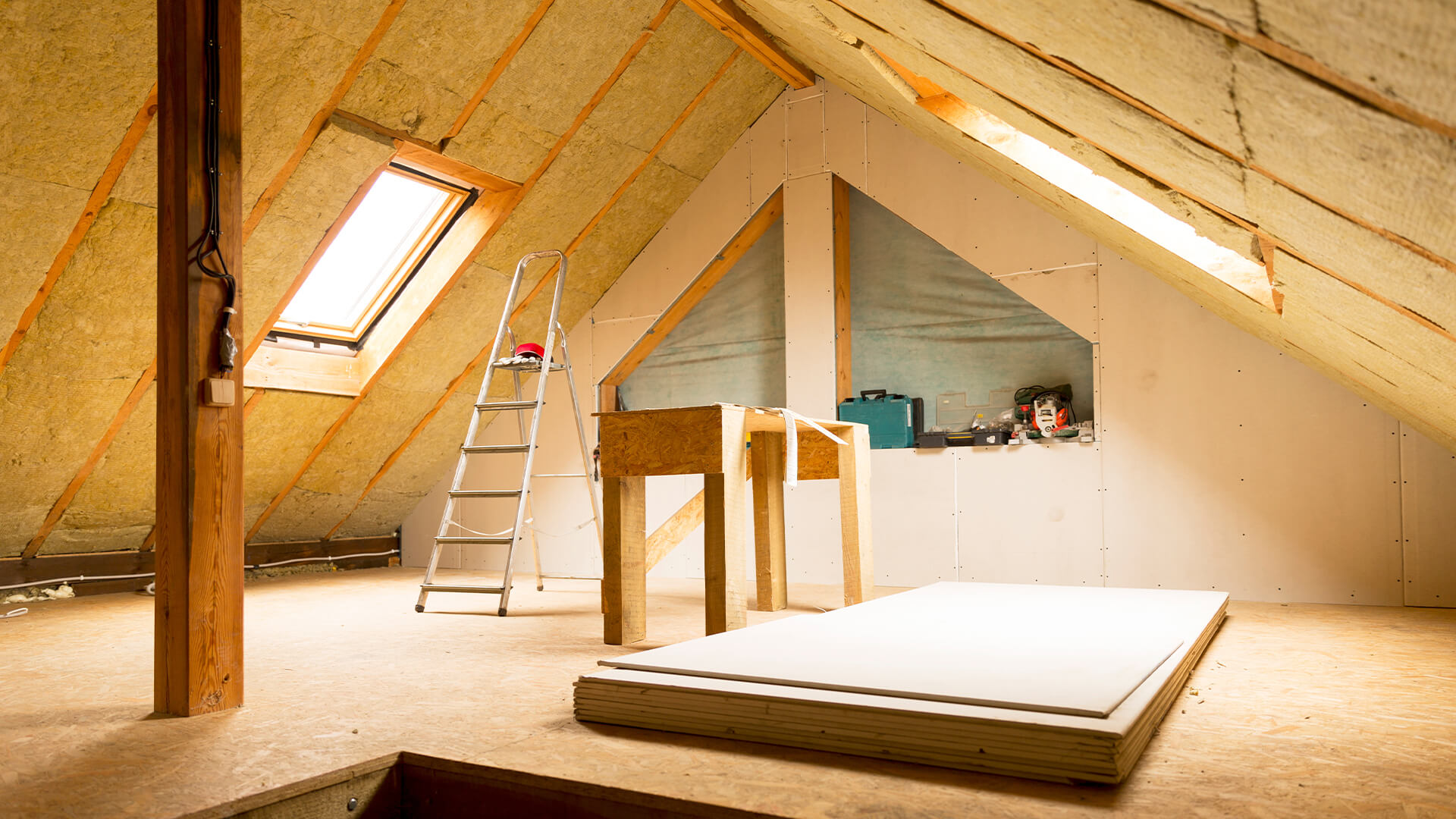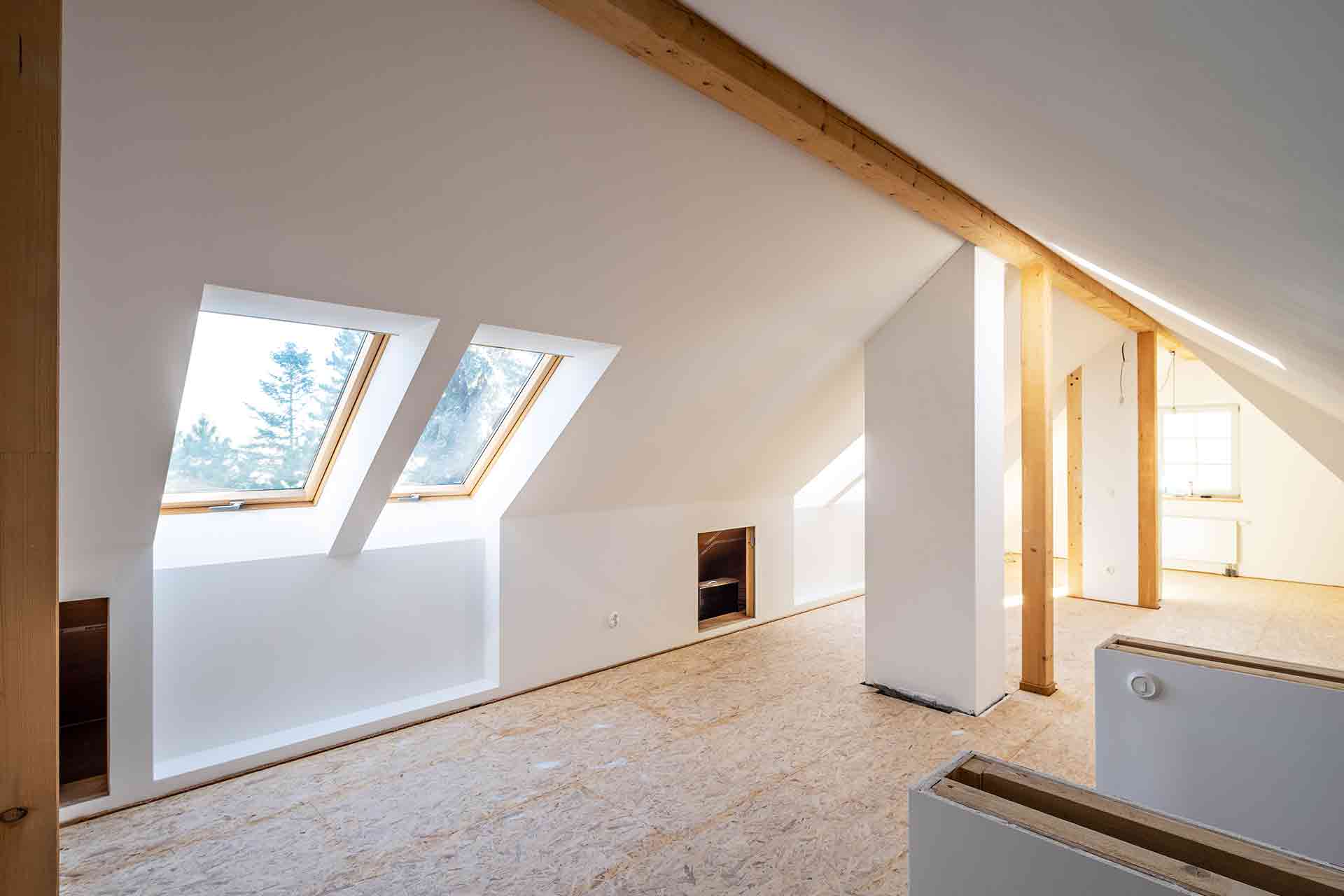
Loft Conversion Costs: Budgeting and Financing Your Home Improvement Project
Loft conversions are a popular way to add extra living space and value to your home. However, the cost of a loft conversion can vary greatly depending on several factors such as the size of the space, the type of conversion, and your location.Click here to embark on an extraordinary journey to our business website and unlock the true potential of your home’s Loft conversion company. Discover a world of innovative design, impeccable craftsmanship, and unparalleled expertise!
What is a Loft Conversion?
A loft conversion is the process of transforming an existing attic space into a functional living area. The space can be used for a variety of purposes, such as an extra bedroom, home office, playroom, or even a gym. Loft conversions are a cost-effective way to add valuable living space to a home without having to build an extension or move to a larger property.
Planning a Loft Conversion
Before starting a loft conversion project, it’s important to do some planning and research. Here are some key considerations:
Building regulations: Loft conversions are subject to building regulations, which specify requirements for factors such as fire safety, structural stability, and insulation.
Planning permission: In some cases, planning permission may be required for a loft conversion. This will depend on factors such as the size and location of the property, and whether the loft conversion will affect the appearance of the property.
Design and layout: The design and layout of your loft conversion will depend on a number of factors, such as the size and shape of the existing loft space, the intended use of the space, and any specific requirements or preferences you have.
Budget: Loft conversions can vary in cost depending on factors such as the size and complexity of the project, the materials used, and the level of finish.
Executing a Loft Conversion
Once you’ve done your planning and research, it’s time to start executing your loft conversion project. Here are some key steps:
Structural work: Depending on the design and layout of your loft conversion, you may need to undertake structural work such as adding steel beams or strengthening the floor joists.
Insulation and ventilation: Adding insulation and ventilation is a crucial part of any loft conversion, as it can help to improve energy efficiency and prevent problems such as condensation and damp.
Plumbing and electrical work: If you’re planning to add a bathroom or kitchen to your loft conversion, you’ll need to factor in plumbing and electrical work.
Flooring and finishing: Once the structural, insulation, and services work is complete, you can start to add flooring and finish the space to your desired standard.
Factors Affecting Loft Conversion Costs
If you’re looking to expand your living space and add value to your property, a loft conversion can be an excellent option. However, loft conversions can also be expensive, which is why it’s essential to plan ahead to make the most of your budget. Before you start planning your loft conversion, it’s important to understand the factors that will affect the cost. Here are some of the key factors to consider:

Size of the Space: The larger the loft space, the more it will cost to convert. A larger space will require more materials and labor, and may also require additional structural work.
Type of Conversion: There are several types of loft conversions, including dormer, hip-to-gable, and mansard. Each type has different costs associated with it, so it’s important to choose the right type of conversion for your needs and budget.
Structural Work: If your loft space requires additional structural work, such as strengthening the floor or adding support beams, this will increase the overall cost of the project.
Plumbing and Electrical Work: If you plan to use your loft as a bedroom or bathroom, you’ll need to install plumbing and electrical work. This can add significantly to the cost of the project.
Location: The cost of labor and materials varies depending on your location. In general, loft conversions in urban areas tend to be more expensive than those in rural areas.
Budgeting for Your Loft Conversion
Once you have a good understanding of the factors that will affect the cost of your loft conversion, it’s time to start budgeting. Here are some tips to help you create a budget:
Get Quotes: Contact several loft conversion companies and ask for quotes. Be sure to get detailed quotes that include all costs associated with the project.
Create a Spreadsheet: Use a spreadsheet to track all of the costs associated with your loft conversion, including materials, labor, and any additional costs such as permits and inspections.
Add a Contingency Fund: It’s always a good idea to add a contingency fund to your budget in case of unexpected expenses. A good rule of thumb is to add 10-20% to your total budget for contingencies.
Financing Your Loft Conversion
Once you have a budget in place, it’s time to consider financing options for your loft conversion. Here are some of the most common financing options:
Cash: If you have the funds available, paying for your loft conversion with cash is the easiest and most cost-effective option.
Personal Loan: If you don’t have the funds available, you can consider taking out a personal loan. Be sure to shop around for the best interest rates and terms.
Home Equity Loan: If you have equity in your home, you may be able to take out a home equity loan to finance your loft conversion. This option typically has a lower interest rate than a personal loan, but you’ll be putting your home at risk if you can’t make the payments.
Credit Card: If you only need to finance a small portion of your loft conversion, you may be able to use a credit card. Be sure to pay off the balance as quickly as possible to avoid high interest charges.
Planning ahead is crucial to ensuring that your loft conversion is completed within your budget. Make sure that you have a clear idea of what you want to achieve with your loft conversion and communicate this to your builder. This will help to avoid any unexpected costs and ensure that your loft conversion is completed to your satisfaction.
Planning for an affordable loft conversion service requires careful consideration of your budget, the type of loft conversion, the layout, storage, materials, and planning ahead. By following these tips, you can achieve your dream loft conversion without breaking the bank.
